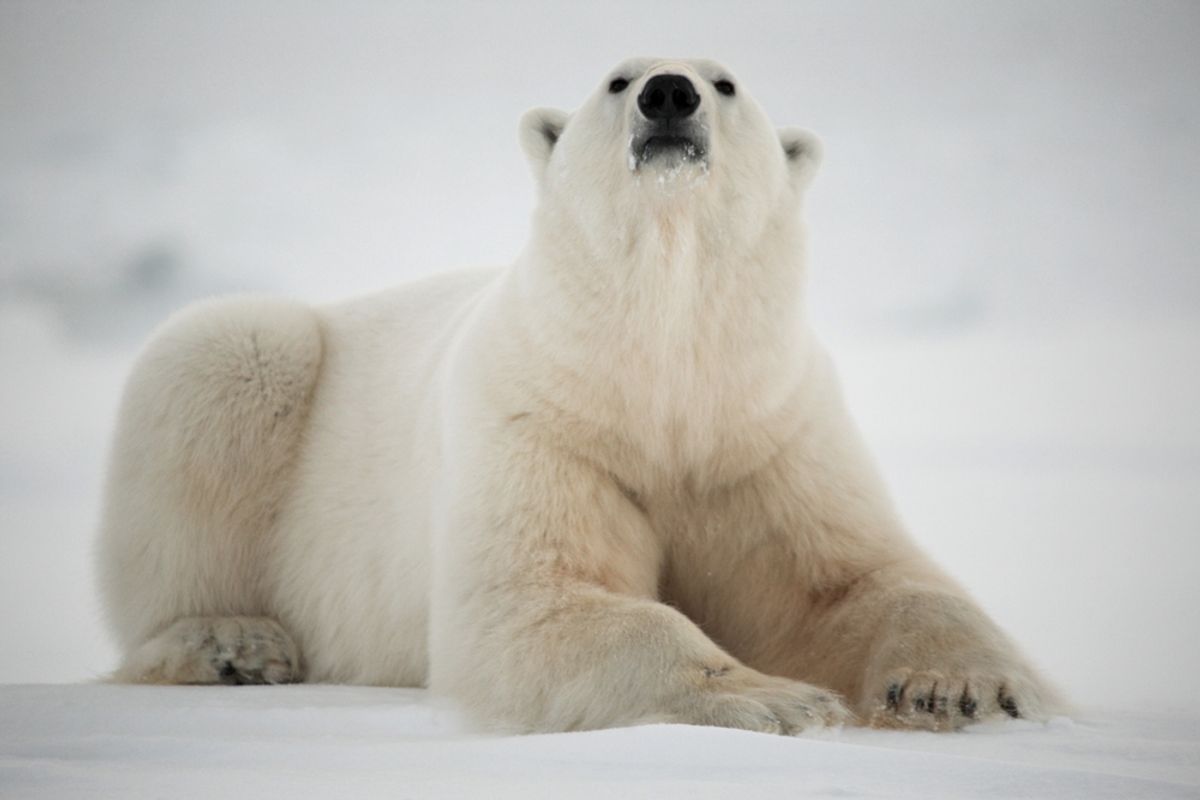Researchers who previously discovered that chemical pollutants may be shrinking the sexual organs of polar bears are now reporting that those pollutants may also be reducing the density of the bears' penis bones.
Yes, according to new research from Denmark's Aarhus University, just published in the journal Environmental Research, polar bears, forever bearing the brunt of the consequences of human activity, can, on top of everything else, blame our pollution for their penis problems.
New Scientist reports on the study, which x-rayed samples the penis bone (an actual bone, unlike in humans) from 279 polar bears in north-east Greenland and Canada. They then compared what they found to levels of potentially harmful pollutants in the area, and found a correlation between high levels of polychlorinated biphenyls (PCBs) and lowered bone density.
PCBs, you'll remember, are the industrial chemicals whose use was banned in the U.S. in 1979 after it emerged that they could be harming human and environmental health -- but not before we manufacture some 1.5 billion pounds of them. They break down slowly, and have been detected nearly everywhere -- including in places as remote as the Arctic. In fact, as Margaret James at the University of Florida in Gainesville explained, "These chemicals enter the atmosphere at lower latitudes where they were used, and are then deposited down from the cold polar air, so Arctic animals are more highly exposed than animals in more temperate or equatorial regions."
The researchers weren't able to establish that PCB pollution was necessarily causing the polar bears' bones to weaken, but they warn that the phenomenon could potentially impact the animals' ability to mate. If that does turn out to be the case, it's another blow to populations already straining under the impacts of climate change. Even more perversely, their already weakened state could be intensifying the problem of PCB exposure even further. "Skinny bears have higher levels of circulating pollutants," polar bear expert Andrew Derocher explained to New Scientist, "so the concern is that a bear that is nutritionally stressed may become more vulnerable to the effects of pollution at the same time,"

Shares